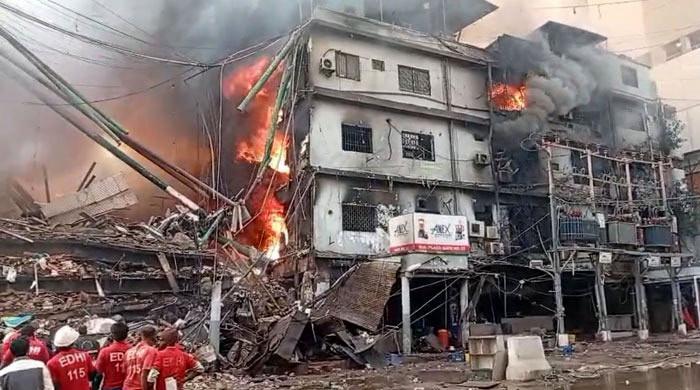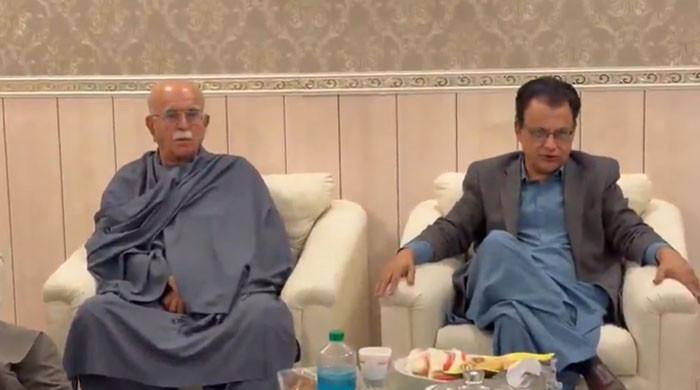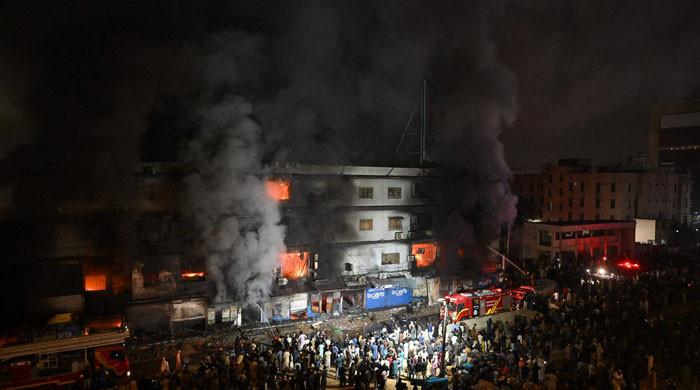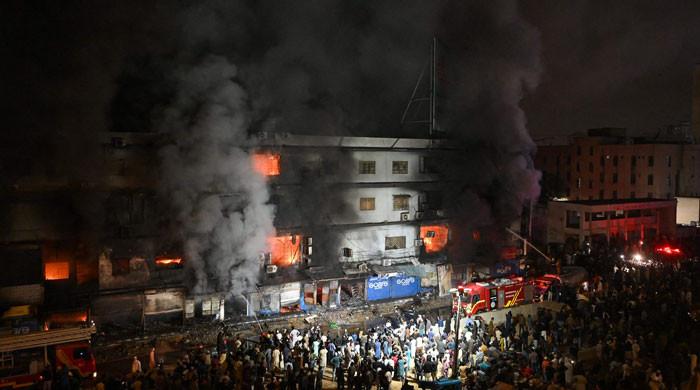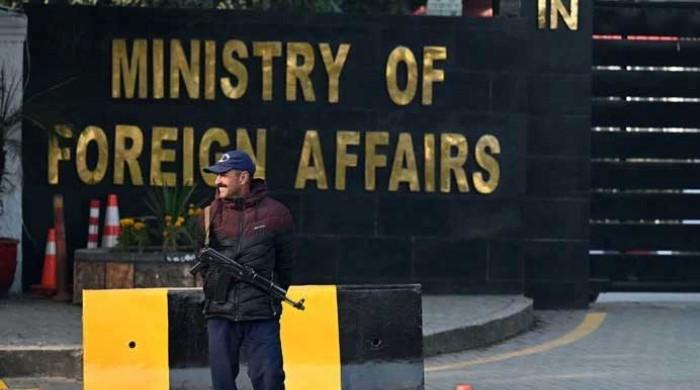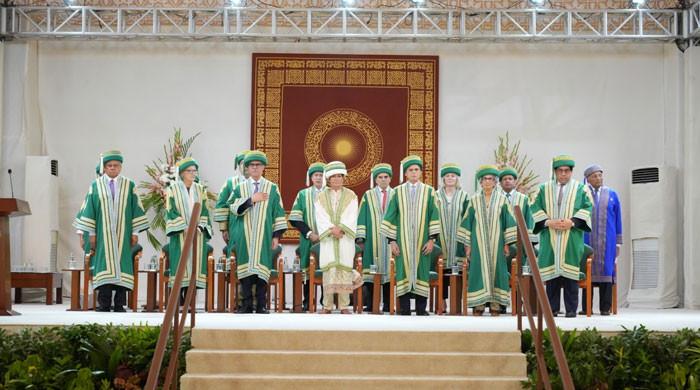Battagram incident: Why people risk their lives with make-shift cable cars
Homemade cable cars are commonly used in remote areas in Pakistan where traditional infrastructure is lacking
August 22, 2023
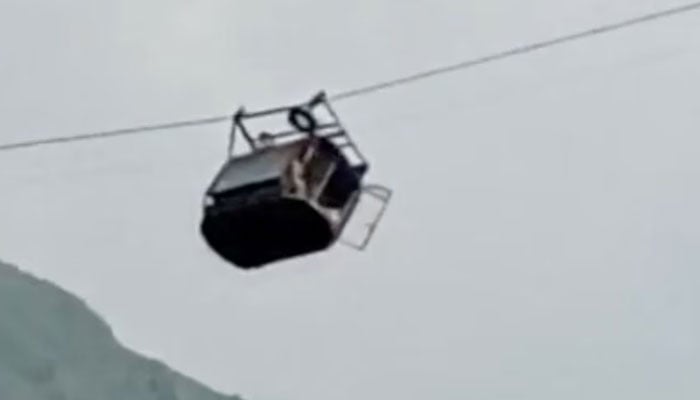
After nearly 15 hours of the rescue operation, all eight passengers were successfully rescued by Pakistan Army's Special Services Group (SSG) after a cable car's rope broke mid-air leaving them dangling in Allai Tehsil in Khyber Pakhtunkhwa's Battagram district on Tuesday.
Let's have a look at why people use these makeshift cable cars in the hilly northern areas of Pakistan.
Why do people use cable cars?
Due to a lack of traditional infrastructure, these homemade cable cars are used in remote areas of the country. Despite the risk involved, they provide necessary transportation resolve for communities with limited options, BBC reported.
Use out of necessity
The use of these makeshift cable cars is frequent in Azad Jammu and Kashmir (AJK), Gilgit Baltistan and eastern Mansehra. These areas face geographical challenges and limited infrastructure, including schools and roads.
The necessity of connecting communities in these remote regions has led locals to construct these cable cars using scrap materials, often without official permits.
Make and design of the cable cars
The cable cars are built by local communities, primarily from discarded materials like the upper bodies of pick-up trucks or even Suzuki vehicles. These cabins are then attached to cables, sometimes made of scrap iron, using ropes. The construction is makeshift and mostly illegal due to the absence of viable choices and the lower cost compared to building traditional infrastructure.
Benefits and risks
Despite the risks associated with these cable cars, they are widely used for traversing rivers and shortening travel distances between mountain valleys.
In the Allai region, where the recent incident occurred, a local resident obtained permission to construct a cable car named "Dolly" that shortened a two-hour walk to a four-minute cable car ride.
The affordability of these cable cars, with fares as low as 20 PKR, makes them a preferred mode of transport for many residents.
Incidents and safety concerns
While these cable cars offer a practical solution, safety concerns persist. In 2017, an illegal cable car crashed in Murree, Punjab, resulting in the deaths of 11 passengers.
Last December, 12 children had to be rescued after a rope snapped on a cable car in Abbottabad, Khyber Pakhtunkhwa. These incidents highlight the dangers associated with such makeshift transportation systems.
Governmental response
Following the recent incident, Caretaker Prime Minister Anwaar-ul-Haq Kakar ordered safety inspections of all private chairlifts to ensure their safe operation.
However, the lack of notable investments in new infrastructure means that these homemade cable cars will likely stay the immediate mode of transportation for villagers in mountainous regions.




